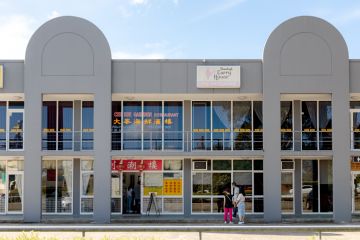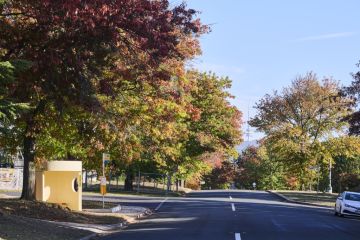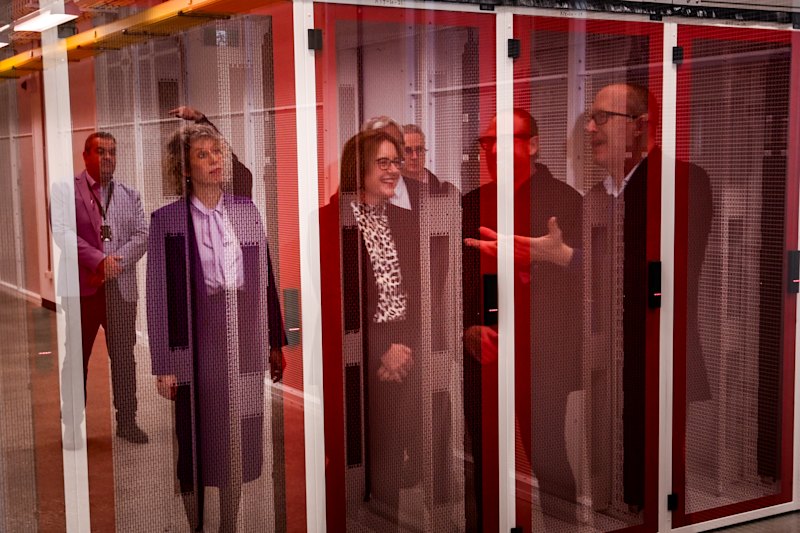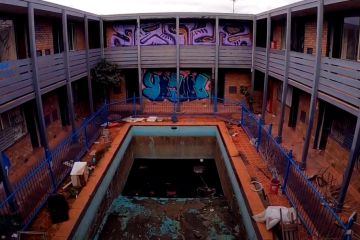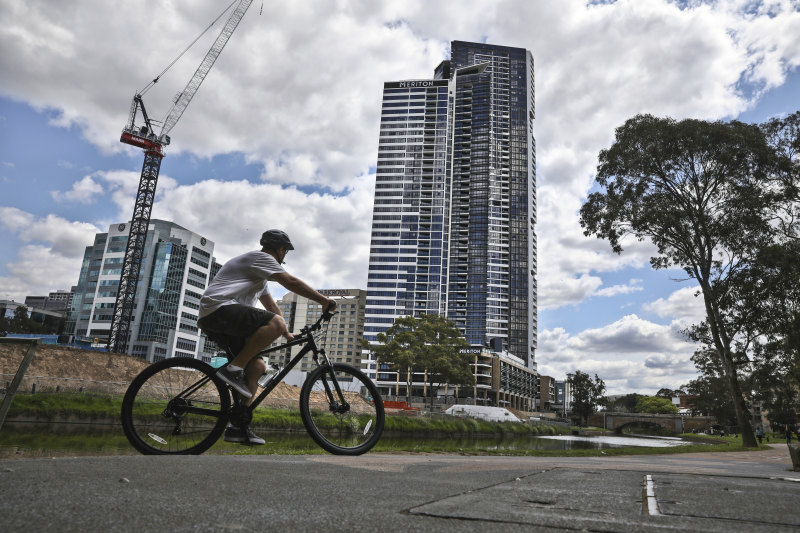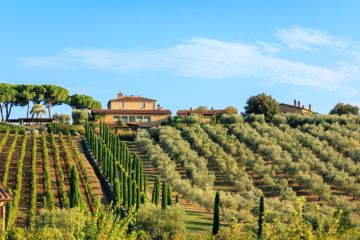How former news anchor Indira Naidoo 'found her purpose' in an apartment garden
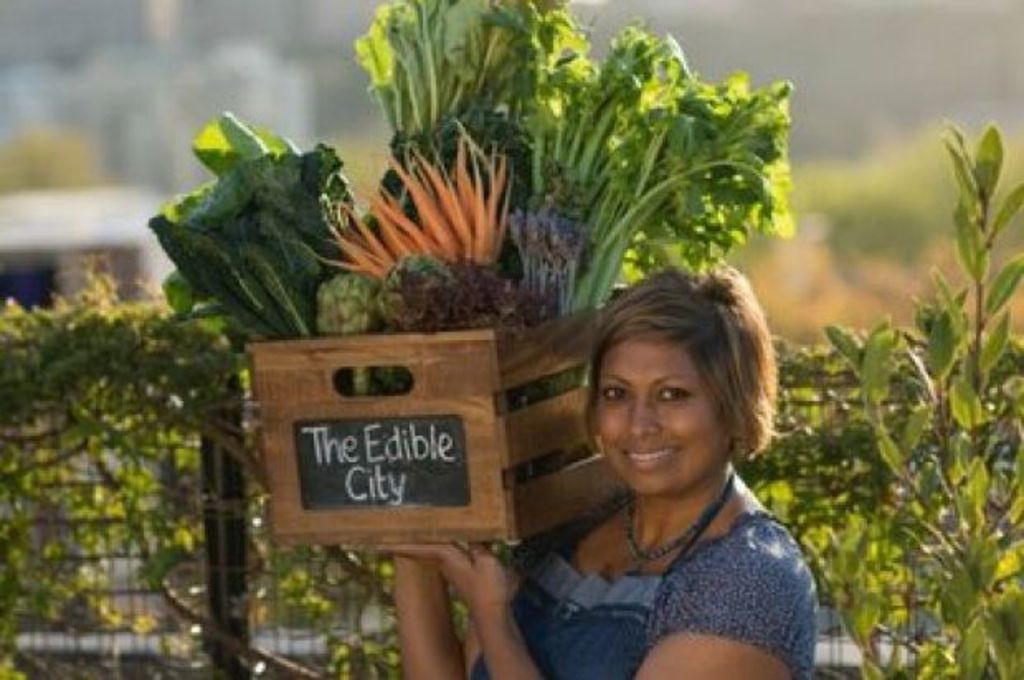
“Have you gone completely mad?” “Is this a mid-life crisis?” “Can we organise some counselling for you?”
These were some of the funnier reactions from my friends and family, when I told them that I was planning to grow vegetables on my tiny 13th-floor apartment balcony in the heart of Sydney.
Their concern was well-placed.
I wasn’t a gardener. I’d never grown anything before – besides mould on the out-of-date vegies in my fridge. I already lived above a well-stocked supermarket, and besides, who had ever heard of anyone putting a vegie patch on a 20-square-metre balcony?
Up until this point, I had spent my career with coiffed hair, perfectly manicured fingernails, and full television makeup bringing people news from around the world. As an anchor and reporter for ABC TV and SBS, I had a front-row seat to some of the most historic events of our time including the conflicts in Kosovo and East Timor.
But I could see that more and more global unrest was being driven not by disputes over land and oil but over shortages of food and water. And the looming threat of climate change was going to exacerbate the tensions.
I decided to take my long service leave and investigate the environmental stories behind the news. I spent time working with the Australian consumer watchdog Choice, then a UN food agency in Geneva and then I was selected to be trained by former US Vice President Al Gore as a climate change presenter.
When I came back to my urban life in inner city Sydney, I suddenly realised I was part of the problem.
From consumer to producer
I had done enough reading to know that with good sunlight and a few basic elements such as pots, organic potting mix, some manure, compost and regular watering, a thriving balcony garden wasn’t a total pipe-dream.
I drew up a plan of my balcony to determine how many fully grown plants I had room for. I knew overcrowding plants in small pots was a common mistake of the novice gardener.
I wanted my garden to be aesthetic as well as functional. I decided to use large dark-grey painted fibre-glass pots which were sturdy but light-weight and placed them on wheeled pot stands so I could relocate them more easily. I installed a vertical wall and hanging baskets on the railing to maximise my growing space.
Potted vegies need watering more regularly than vegies in garden beds because they lose more moisture through evaporation. So I invested in a watering can and attached a hose to my outdoor tap.
I also made sure my plants got regular feeds with mixes of diluted fish emulsion and seaweed fertiliser, Munash mineral rock dust and a little worm juice from my Hungry Bin balcony worm farm.
I sourced my seedlings from quality garden centres and mail-ordered organic heirloom seeds from Diggers and the Italian Gardener.
 Indira Naidoo’s apartment is a frequent haunt for local birdlife.
Indira Naidoo’s apartment is a frequent haunt for local birdlife.Photo: supplied
Rich rewards
To everyone’s amazement, in my first year I managed to grow 70 kilograms of produce. Everything I grew tasted so deliciously fresh. I found organic replacements for pesticides and herbicides such as eco-oil sprays. I grew seasonally discovering for the first time the best time of year to eat particular fruits and vegetables.
Of course there were some disasters: after a six-month wait my garlic crop failed to materialise from under its bushy leaves and my broccoli bolted in the unseasonal heat leaving just a spray of buttercup yellow flowers.
But the process was overwhelmingly positive. I began eating more fresh fruit and vegetables and cooking meals based on what was ready to harvest from my balcony.
Soon, gardening became a meditation. I became more relaxed. I slowed down and noticed small things such as the beautiful scents and fragrances from my plants.
 Fresh rosemary, mint and cherry tomatoes from Indira’s balcony garden.
Fresh rosemary, mint and cherry tomatoes from Indira’s balcony garden.Photo: supplied
Spreading the word
I started recording my growing adventures on my blog Saucy Onion, which lead to my first book, The Edible Balcony, published in 2011. The Edible Balcony, with 60 of my home-grown recipes, became a surprise runaway bestseller. It seems I’m not the only one out there yearning to reconnect with their food and how it is grown.
The success of my book has taken me around the country for talks and demonstrations at school kitchen gardens, retirement villages, sustainability conferences, gardening clubs, remote rural towns – even the G20 summit.
In my second book, The Edible City, I document some of the extraordinary ways communities are embracing “the grow-your-own” movement, like the Wayside Chapel rooftop garden in the mean streets of Sydney’s Kings Cross growing food for its homeless community
 Life sustaining life in Indira’s garden.
Life sustaining life in Indira’s garden.Photo: supplied
A broader solution
Growing your own food is not only a pleasurable activity but essential to ensuring our continuing food security. Food security is the ability to have access to safe, affordable food. As our cities sprawl over our agricultural land and climate change affects weather patterns, we will need to find new spaces to grow our food.
There are thousands of acres of growing space on the roofs of city buildings, on terraces, and balconies – all receiving rain and free energy from the sun. Just imagine all that concrete, steel and corrugated iron replaced by groves of lemon trees, acres of tomatoes and rows of lettuces.
I urge Australian entrepreneursto embrace these exciting new urban food growing technologies. And until then there’s no time like the present to start converting your unused urban spaces into thriving vegie patches. No space is too small. No gardener is too inexperienced.
 Indira Naidoo says anyone can make their own produce at home.
Indira Naidoo says anyone can make their own produce at home.Photo: supplied
How to start a vegie garden
1. Vegetables need at least 6-7 hours of direct sunlight every day. Start simply with a few herbs and greens and then move onto tomatoes and radishes and carrots etc when you are more confident. Regular watering ensures sweet juicy produce.
2. Build up your soil or potting mix with compost and manure. If planting in containers make sure they have drainage holes.
3. Use organic pest control such as Eco-Oil spray. Keep your plants well-mulched to reduce evaporation.
Learn more from Indira’s books, The Edible Balcony and The Edible City, for sale through Penguin for $39.99 and $45 respectively.
We recommend
States
Capital Cities
Capital Cities - Rentals
Popular Areas
Allhomes
More




